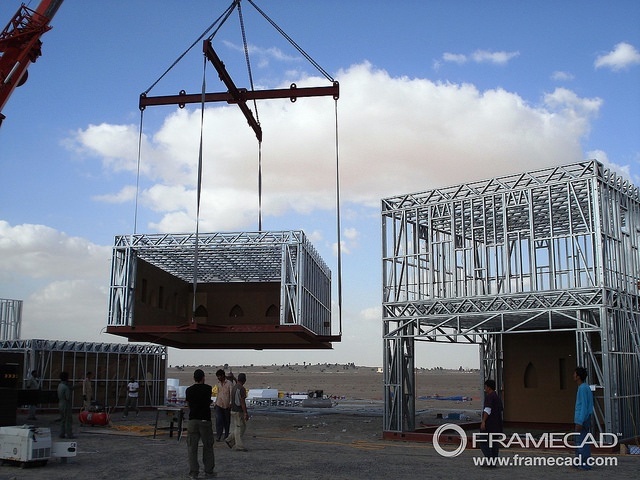
Globally there’s an urgent need for rapid construction in order to keep up with the population boom. The UK is no exception to this and incentives are being put in place by the UK Government to address this issue.
In fact, as recently as October last year, UK Industry Minister Jesse Norman was quoted as saying:
“This Government is determined to support more housebuilding, more quickly and in the places people want to live. Given the launch of the £3 billion Home Building Fund, Mark Farmer’s important review in this vital sector is very timely. It makes a strong case for change in the industry, identifies areas where it needs to improve, and sets out areas for action. We will now carefully consider his recommendations.”
It’s clear that traditional methods of construction aren’t able to keep pace with the swift rise in the United Kingdom's population, so alternative methods are needed to meet the increased demands for housing and commercial buildings.
It is important to note, this is a trend that isn't happening in isolation in the UK, is mirrored globally, and reflects how traditional building methods are no longer suitable for today’s world.
In this blog, we talk about why off-site manufacturing (OSM) is an ideal alternative to traditional building methods especially in today’s world of increased building demands from a growing population
With OSM there are many benefits that make it a better method than traditional construction:
- Safer environment for workers – it’s much safer and more predictable to manufacture in a factory. There’s less need for the large number of workers traditionally seen on a building site, so health and safety issues are lowered.
- Build quality is improved – the quality of workmanship is able to be more closely supervised in a factory environment.
- Faster more predictable build times – as it’s factory based OSM isn’t effected by the weather or by the availability of other trades, so deadlines can be achieved.
- Less noise, waste and disruption on site – delivering modular units and panels to site requires less journeys backwards and forwards than traditional methods.
OSM, by enabling quick, safe, and efficient construction, is an obvious choice when it comes to answering the need for rapid, reliable construction, in the UK, and globally, as the world struggles with the challenges of meeting the demands of a population boom.
OSM can be applied to many building applications:
- Low- to mid-rise apartments and townhouses
- Medium to large developments of detached townhouses
- Remote sites or sites where access for traditional builds is impossible or expensive.
- 2 to 4 story residential developments and multi family buildings
- Schools, retirement villages, and commercial buildings
When the worlds of OSM and CFS combine, the resulting construction is a solution that is built to last.
OSM is the answer, to growing world's construction questions.
Whether you’re considering LGS for a specific project or considering establishing an CFS manufacturing or construction business, getting support from the right partner is key. Click below to learn more about the advantages the FRAMECAD System provides.









